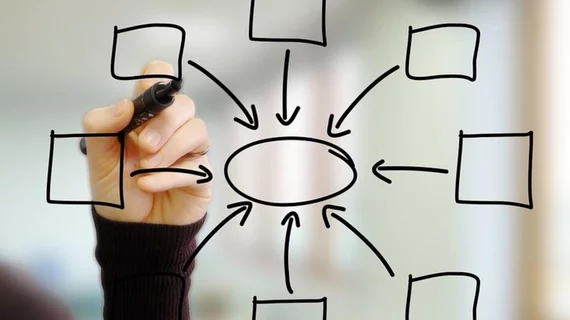‘Learning analytics’ provides more comprehensive means to assess novice radiologists’ skills
The emerging field of “learning analytics” may provide a more comprehensive means of assessing fledgling radiologists’ skills, according to a new analysis.
Traditional approaches, such as clinical examinations, don’t allow for the collection of structured data to gauge performance and progress. This can make it difficult to pinpoint learning gaps, experts wrote in Academic Radiology [1].
Learning analytics aims to solve this challenge, using a range of tools and statistical methods. Researchers recently tested out this approach among a group of more than 100 medical students, sharing their findings on June 16.
“The results demonstrated a comprehensive overview of the students’ radiological skills before and after the course,” wrote Maurice Henkel, MD, and Lily Belfi, MD, with the departments of radiology at University Hospital Basel, Switzerland, and Weill Cornell Medicine, respectively. “A significant improvement in students’ evaluation of radiological images was observed.”
For the study, researchers implemented Rapmed.net, an interactive radiology e-learning platform that uses learning analytics. Second-year medical students at a single institution were presented with 25 cases, with researchers assessing their pattern recognition skills using measurements such as the time it took to solve a case, dice score and consensus score. Interpretation skills also were tested via a multiple-choice questionnaire, with assessments conducted both before and after a pulmonary radiology block to measure learning progress.
Following the intervention, students’ ability to recognize anatomical structures and findings improved “significantly,” the authors reported. The time it took to solve cases dropped by 33 seconds, dice scores increased by 12, and students logged an average increase in their questionnaire score of 14%. Survey results also showed that the majority of those quizzed found that Rapmed.net was informative (67.5%), fostered critical thinking (70%) and had practical value (95%).
The authors noted that the online tool is openly available and “easy and immediate” to use, encouraging others to test it out.
“Future studies should aim to expand the application of Rapmed.net to assess its ability to evaluate various use cases across different body regions and imaging modalities,” the authors wrote. “By addressing these aspects, the platform can become an even more valuable resource for radiology education, providing targeted and data-driven insights to enhance teaching methods and improve learning experiences for students.”
Read more at the link below.

